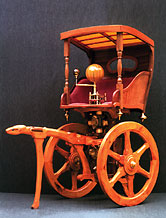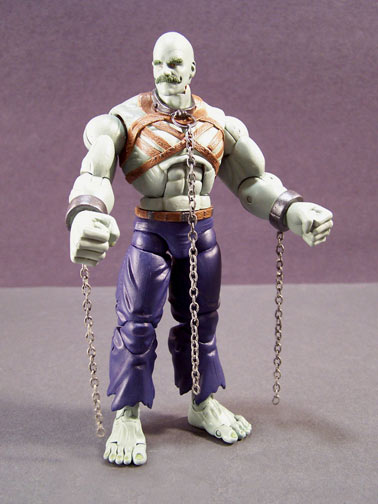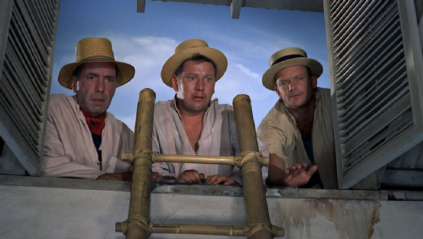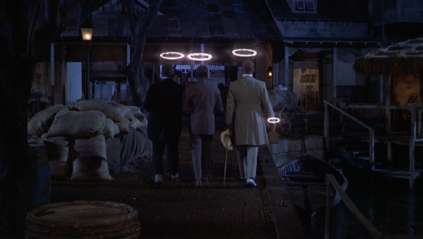Virote_Considon
The Great Dictator
Wouldn't it be available on IPlayer?
In the US most current videos are restricted by the BBC. I almost always get a "not available outside of Britain" message. Streams of the radio stations are not restricted. I don't understand why there's a regulatory difference, but there is.Wouldn't it be available on IPlayer?
Hulu is funded by the government & administered by presidential appointees? I hope I don't have to start paying an annual fee for a website I never use.Yes, iPlayer videos can only be watched in the UK, much as Hulu (the US equivalent) is available only there.

Legally and officially sanctioned by the BBC, right?The BBC First Men in the Moon is available in several places as a torrent download







At the very least there are the interpretations in Murder By Decree and Shadow Of Reichenbach Falls. I find a much richer (and more steampunkish) interpretation of the possible connections (extending to the vampyric) in Supping With Panthers (US title: Slave Of My Thirst). No canonical names are mentioned, but the protagonist is a doctor who had served with the military in the Northwest Frontier & returned with troublesome wounds both physical & psychological.So what was Holmes role in the Ripper Murders? Why are they never mentioned in the stories despite ample evidence that he was actively consulting at the time? Did he participate? Did he investigate? Was it the only case he couldn't solve? Or did he solve it, only to discover that the truth could never be revealed?
Glad you mentioned Dibdin. I stuck to only mentioning stories I've actually seen/read.Michael Dibdin's The last Sherlock Holmes story is the best version of Holmes-and-Ripper that I know of. In some ways it makes more sense of Holmes himself, and especially of The adventure of the final problem (which in itself is really rather silly), than Conan Doyle does.
Glad you mentioned Dibdin. I stuck to only mentioning stories I've actually seen/read.
What is not known is Holmes's response to A.C.D.'s 'A Study in Scarlet'. I must admit that I felt at once that the title was not going to meet with my friend's approval. His own suggestion, duly passed on by me, had been 'Towards a Definitive Praxis of Applied Criminal Anthropology: Some Notes on the Stangerson-Drebber Murders of 1881'.
221B or not 221B? That was the question...




